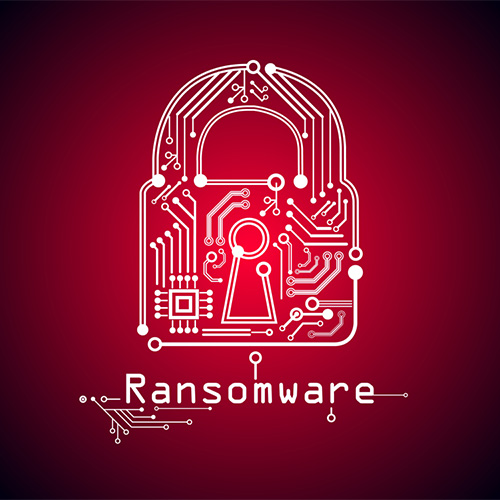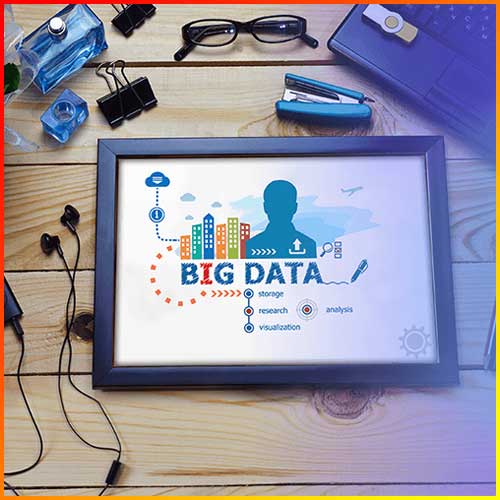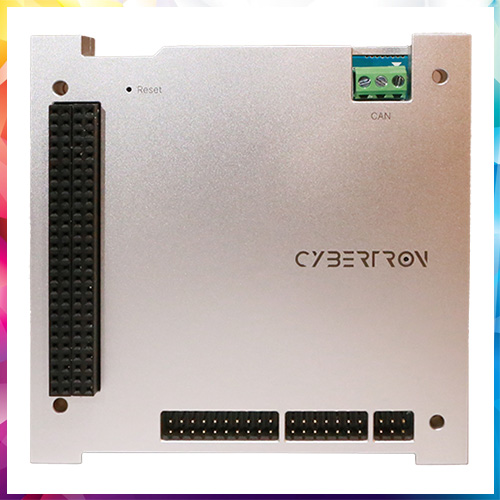
This year saw many unexpected and sudden shifts in the work landscape. Worldwide, businesses were forced to adapt to unexpected changes, from customer demand to product distribution, from shipping routes to government mandates. One of the single biggest changes to day-to-day office life, across industries and businesses of all sizes: An entirely remote workforce.
While many businesses didn’t have much choice in the initial decision to allow employees to go fully remote, the question now is: How will businesses choose to move forward? Will remote work remain at this scale, and if so, what will that look like? What can we expect in remote work trends for the next year?
A focus on security for remote work
Based on our recent research with IDG on the impact of remote work to IAM, 59% of IT decision makers indicated that increasing security for their remote workforce is a critical priority for the next year.
What exactly does that mean?
For one, it means that IT is planning for remote work to continue well into the coming year. By saying the security of the remote workforce is a “critical priority”, they’re also indicating that continuing to support and improve the remote work experience is very important to the business overall.
The fact that IT sees a need to increase security also raises important questions. Are new risks anticipated for remote employees? Are the recent spikes in cyberattacks and scams targeting remote workers expected to rise further?
In short, yes. According to Interpol, scams and cyber fraud will continue to rise as thieves target remote workers. With employees increasingly mixing personal and work activities on the same devices while working from home, corporate networks and accounts are more at risk due to malware, spyware, and ransomware. The rapid pace at which information – and misinformation – are shared also increases the likelihood that employees will respond to seemingly-legit information, and unknowingly put the company at risk.
Shifting IAM to a remote-first policy
Will employees ever return to an 8-hour day in the office? It’s too early to say whether physical office buildings will be completely abandoned, but it is clear that remote work is here to stay, and businesses need to plan accordingly. In a recent GoTo survey, 70% of employees would like to work from home permanently moving forward. From maintaining company culture to collaborating on projects, organizations need to rethink many aspects of day-to-day office life to help employees do their best work outside the four walls of a traditional office.
When it comes to their IAM strategy, how can organizations prepare for the unexpected and ensure remote employees have secure, convenient access at all times? With remote work now the default choice for many, businesses have no choice but to securely enable their employees to work from anywhere, into the next year and beyond. Supporting remote work requires a robust IAM strategy that can address unique challenges and cyber threats. That means the ability to securely connect to apps, websites, databases, and other company resources with minimal friction. IAM technologies like single sign-on to authenticate to apps and password management to log in to password-protected sites keep employees moving from task to task while removing security risks. Adding protective measures like multifactor authentication (MFA) can further enhance security by leveraging advanced technology that employees always have with them, like their smartphone.
In summary, the rapid changes in the workforce this year are not passing fads. Remote work is the new norm, and businesses that plan accordingly will better position themselves to flourish in the coming year. A thoughtfully planned and well-executed IAM strategy is crucial to facilitating remote work. When employees can quickly access the data and resources they need, they can stay on-task even when away from the office. IAM technologies that centralize oversight of all access points in the business and standardize additional layers of security will better protect the business in the face of novel and increased cyberattacks against remote workers. In the end, enabling employees to securely work from anywhere will make a business more adaptable and resilient in the face of more market shifts.
See What’s Next in Tech With the Fast Forward Newsletter
Tweets From @varindiamag
Nothing to see here - yet
When they Tweet, their Tweets will show up here.



























